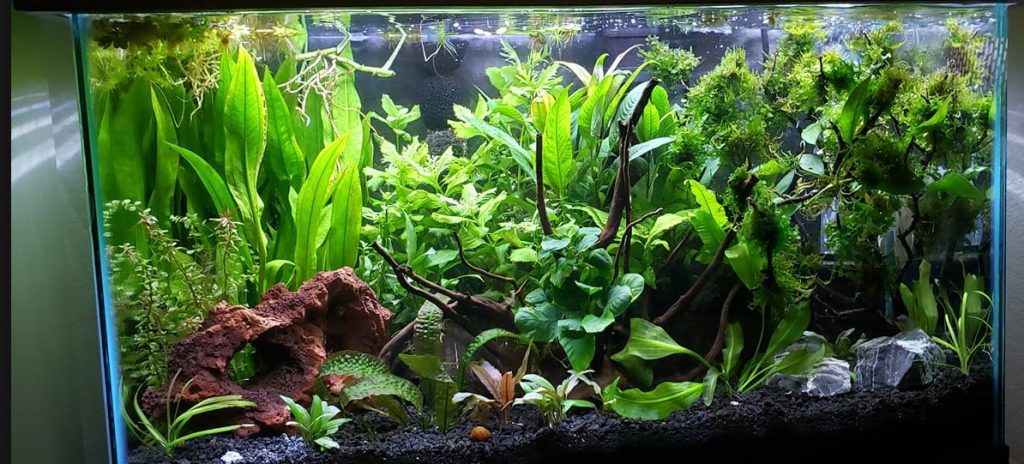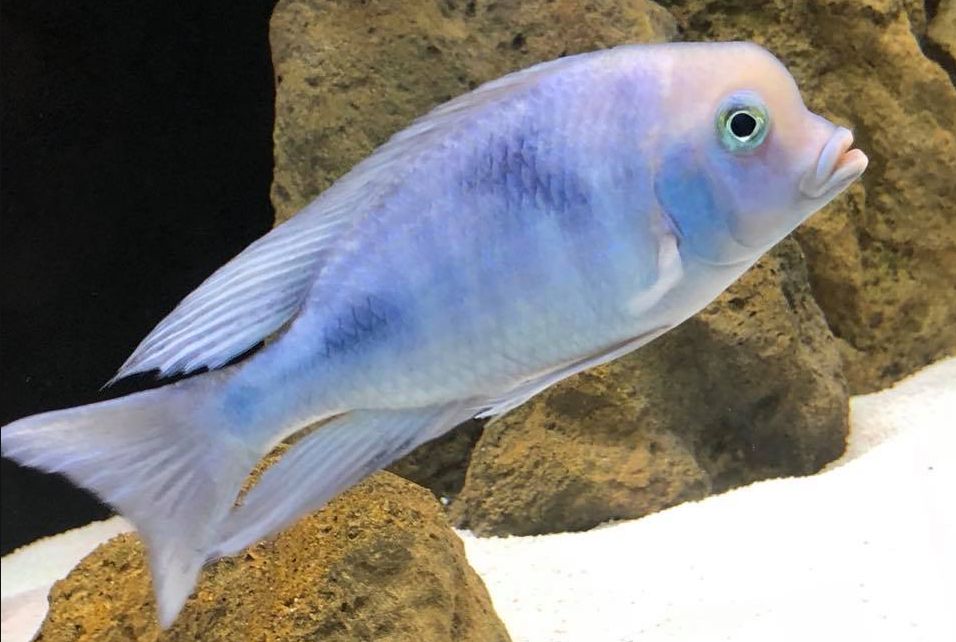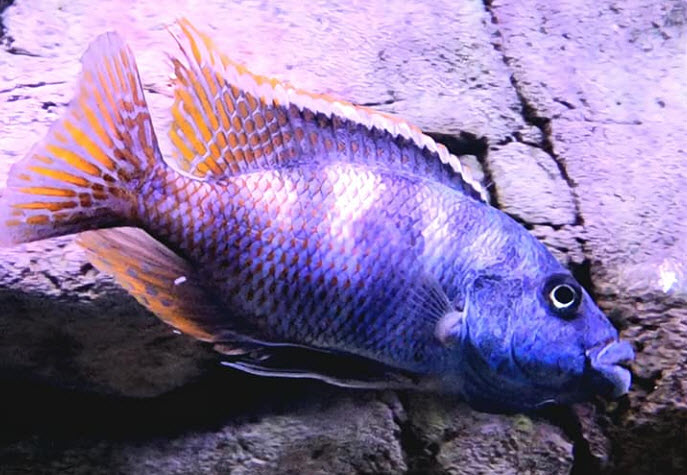
One myth that must be put to rest is the concept of a “nitrate factory”. Well meaning but ill-informed commentators on social media very commonly dismiss this filter or that filter as “nitrate factories”. When pressed for an explanation of “nitrate factories” they don’t reply. There is one simple truth:
.
All Good Filters are “Nitrate Factories”
.
The nitrogen cycle in an aquarium is very simple. Fish pee poisonous ammonia and that ammonia is converted to relatively harmless nitrate in the filter by beneficial bacteria. If the fish pees one gram of ammonia nitrogen, then the filter produces 3.6 grams of nitrate (i.e. one gram of nitrate nitrogen). This is a basic law of physics called “conservation of matter”. If a filter doesn’t convert one gram of ammonia nitrogen to 3.6 grams of nitrate (i.e. one gram of nitrate nitrogen) it isn’t doing its job and it is a bad filter.
A common claim repeated by even experienced hobbyists is that a “nitrate factory” somehow stores nitrates and then at some point in time releases them all at once into the aquarium. Since nitrate is very soluble, this scenario is simply impossible. Any nitrate which is formed by ANY filter is immediately released by beneficial bacteria to the water column. It cannot be stored.

Mechanical Filtration and Nitrate Load
Mechanical filtration is the removal of nitrogen rich feces and uneaten food by a fine media such as 40 ppi foam or polyester floss (“Polyfil” or “Pinkie Pads”). This media needs to be cleaned or replaced once a week or so. Alternatively this “poop” can be vacuumed off a bare bottom or sand substrate tank.
Through evolution fish have become very adept at absorbing and using virtually all the food they eat. Only 10% to 20% of the nitrogen nutrient value of the food fish eat is defecated by the fish. This is per about 11 books on fish nutrition. For Instance per the article “Nitrogen Excretion in Some Marine Teleosts” Wood, 1958
“The nitrogen-containing compounds excreted by the sculpin, starry flounder, and blue sea-perch were investigated. Approximately four-fifths of the nitrogenous material was excreted via the gills”.
The 20% of nitrogenous compounds not excreted by the gills can be further broken up into roughly 10% ammonia and urea excreted by the kidneys through the urinary tract and 10% nitrogen containing proteins in the feces.
When the feces hit the mechanical filter, they are set upon by trillions of fast acting heterotrophic bacteria. This further reduces the nutrient content to about 5% to 10% of the food input. So, the feces collected by a mechanical filter only has about 5% to 10% of the nitrogenous waste that will ultimately end up as nitrate in the aquarium water.

If one uses no mechanical filtration one can thus add about 5% to 10% to the nitrate loading in the aquarium. Many owners of canisters only open them up and clean them when the flow slows down, typically about once every six months. If the canisters were opened once a week and the mechanical filter (typically a floss pad) in the canister cleaned, the nitrate loading in the aquarium would typically be 5% to 10% lower.
If one considers this 5% to 10% to be significant, one can argue that canisters with no mechanical filtration are “nitrate factories”. The same holds true for under-gravel filters. The 5% to 10% represents mainly feces which could have been accumulated on a mechanical filter and removed from the system. Not exactly the huge problem being portrayed.

Cleaning the Whole Filter
Ostensibly per some in social media sponge filters, canisters and undergravels are really bad “nitrate factories” and need to be cleaned like once a week or once a month. Frequently cleaning any filter that often is just about the worst thing one can do in any aquarium. The very slow to reproduce beneficial bacteria are in the filter so when one cleans the filter out completely one starts the cycle all over again.
Nitrate isn’t Toxic
Then of course there is the simple fact that nitrate isn’t the heavy duty toxin popular mythology says it is. António et. al. 2017 found no long-term effects from a level of 440 ppm nitrate. Monsees et. al. 2016 found the lower long-term damage level for adult cichlids to be 2,220 ppm. Science Direct and Semantics Scholar has several papers available all of which say a level of 440 ppm does no long-term damage to adult aquarium fish.
A recent study exposed young salmon to 440 ppm nitrate for 8 months and they grew just as well as salmon kept at 1/10th that level. Fathead minnow fry were exposed to 1,575 ppm nitrate for seven days and there was no noticeable effect. This was for FRY! For more information read this article:
5.4. Safe Nitrate Levels
Return to Filtration Menu
.
Aquarium Science Website
The chapters shown below or on the right side in maroon lead to close to 400 articles on all aspects of keeping a freshwater aquarium. These articles have NO links to profit making sites and are thus unbiased in their recommendations, unlike all the for-profit sites you will find with Google. Bookmark and browse!
.

Fabio says
First of all, thank you for creating this site. It’s a shame I didn’t find this site before. Although some of the things I thought are proven here, and other people said I was wrong when I said these things, this site is wonderful.
One question:
If a mechanical filter can only remove up to 10% of nitrogenous material from the water, since 80% of this material comes out as ammonia through the gills and 10% in the urine, then would this 10% also be what a skimmer in an aquarium can remove? Or can it remove 90% of the ammonia that comes out through the urine and gills?
Another question: If ammonia is a gas dissolved in water, could the skimmer actually not “remove” ammonia from the water through the intense oxygenation that occurs inside it? I think I’ve seen something similar in public water treatment plants. They weren’t called skimmers, but they were very tall towers with super aeration inside.
Thank you